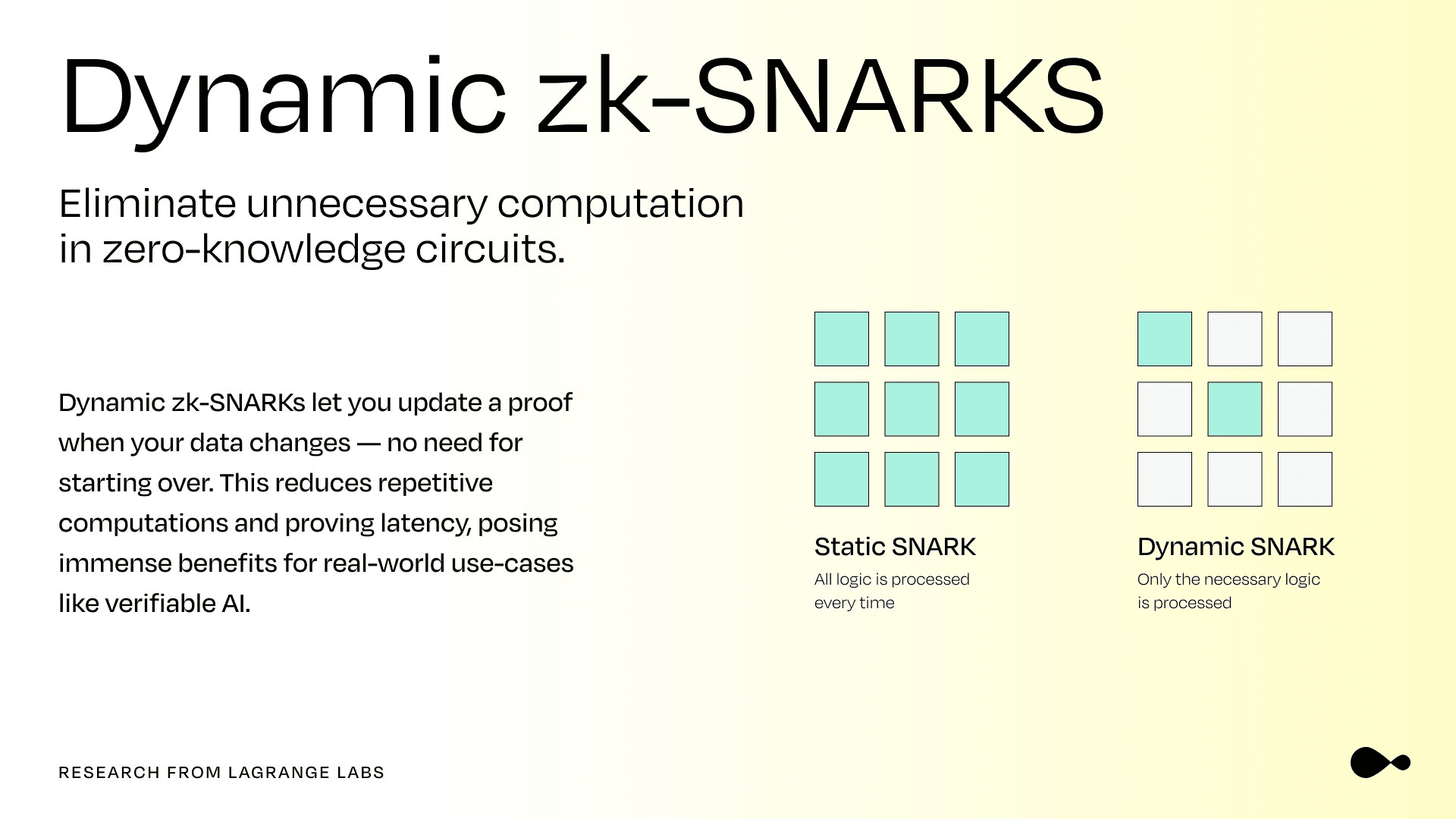In the wave of digital technology evolution, the construction of trust systems and efficient verification mechanisms has always been a core proposition. The emergence of the Lagrange ZK Prover network provides a breakthrough technological path for the development of blockchain scalability and AI trustworthiness, and its innovative value and far-reaching impact deserve in-depth analysis.
From the perspective of the blockchain field, the Lagrange ZK Prover network reshapes verification logic with a decentralized architecture. Traditional blockchain verification relies on a single gateway or centralized system, which faces scalability bottlenecks and single-point failure risks. The modular subnet architecture constructed by Lagrange supports multiple independent sub-networks to operate in parallel, with each subnet equipped with dedicated bandwidth, flexibly adapting to the verification needs of different blockchain projects. This 'network of networks' design creates an 'infinitely expandable container' for the blockchain ecosystem, allowing both large-scale transaction verification on public chains and efficiency improvements for Layer 2 solutions to leverage its distributed verification capabilities, breaking through the performance constraints of traditional architectures. For example, in ZK rollups scenarios, the Lagrange network eliminates the failure risks of centralized provers by decentralizing computational tasks, making on-chain scaling more stable and censorship-resistant.
In the process of making AI trustworthy, the Lagrange ZK Prover network also plays a key role. The privacy protection of AI model inference and the verifiability of results are prerequisites for landing in highly sensitive scenarios such as healthcare and finance. Its zero-knowledge proof technology can verify the correctness of the inference process without exposing data details. Taking the DeepProve framework as an example, with the help of zero-knowledge proofs, it can encrypt and verify the inference logic of AI models, protecting model parameters and user data privacy while ensuring verification efficiency. This means that when AI participates in medical diagnosis and provides solutions, both medical institutions and patients can confirm that the solutions are generated by a trusted model without worrying about data leakage, thus solidifying the trust foundation for deep integration of AI into critical livelihood scenarios.
From the perspective of technical implementation, the advantages of the Lagrange ZK Prover network can be analyzed from multiple dimensions. Firstly, the modular design adapts to diverse needs. Unlike traditional monolithic verification networks, it supports various proof systems such as Boojum and Plonky3, allowing developers to customize verification solutions based on project characteristics, balancing flexibility and professionalism. Secondly, the balance between cost and efficiency. Relying on a distributed network composed of over 85 top operators on EigenLayer, combined with the innovative Double Auction Resource Allocation (DARA) mechanism, the network reduces costs through economies of scale while ensuring verification speed through technologies like bare-metal instances, making “efficient and economical” verification services possible. Thirdly, the readiness for production and ease of use. It creates a simple and unified interaction interface for developers, shielding the complex details of distributed verification, allowing blockchain projects and AI applications to easily outsource the proof generation process and focus on core business innovation.

From the perspective of industry development, the Lagrange ZK Prover network is driving a profound transformation of 'trusted digitalization'. Blockchain is advancing towards a more efficient and decentralized direction by breaking through the scalability ceiling; AI is crossing the trust chasm, unleashing greater potential in high-value scenarios. In the future, as the network deepens its support for technologies like convolution and integrates with more heterogeneous systems, it may become a 'universal trust layer' in the digital world, making the vision of 'anyone proving anything in any scenario' a reality and leading to a new pattern of collaborative development between blockchain and AI. This technological innovation is not only an upgrade of the tech stack but also a key step towards building a more trustworthy and vibrant ecosystem for the digital economy, deserving of continued attention and in-depth exploration by the industry.

